Making it: with a thriving ‘maker’ culture, Shenzhen is becoming a creative capital of China
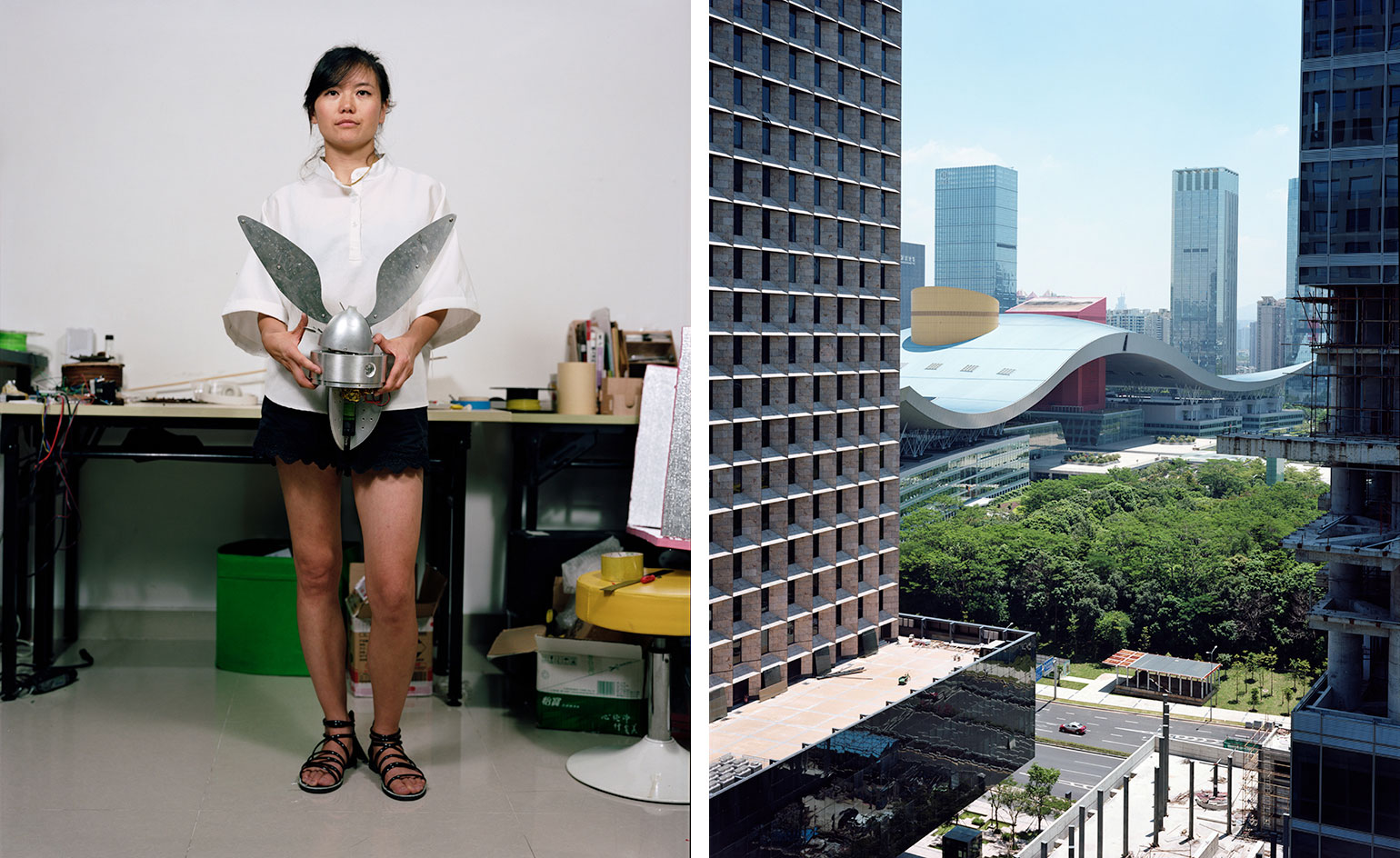
Pictured left: founded in 2011 by Seeed Studio to provide an open and collaborative environment for makers, as well as equipment such as 3D printers and laser cutters, Chaihuo Maker Space takes its name from the Chinese saying ‘The fire burns high when everybody adds wood to it’, which in western phraseology might be expressed as ‘Many hands make light work’. Right: designed by Li Mingyi and completed in 2004, Shenzhen City Hall’s distinctive wavy roof is meant to be evocative of the wingspan of the mythical roc bird, considered to be a symbol of the city
When Wallpaper* launched in 1996, Shenzhen was already celebrating a two-decade experiment in centralised capitalism. In 1980, a small fishing town of 30,000 people had been transformed when Beijing granted it the status of China’s inaugural Special Economic Zone (SEZ) and engineered a first, cautious flirtation with the market economy.
Shenzhen had been selected largely because of its geography: perched along the South China Sea, it was immediately north of Hong Kong. The intent was obvious. Hong Kong was to revert to Chinese sovereignty in 1997 and Beijing wanted to practise in Shenzhen for the full-on capitalist experience while it still could. China’s first Stock Exchange and its first McDonald’s both opened in Shenzhen in 1990.
In 1997 came the famous teary farewell rain and fireworks, and finally the Royal Yacht Britannia set sail from Hong Kong harbour. Vanishing with the British, it was generally supposed, were Shenzhen’s longer-term economic prospects. The future would surely be found south across Shenzhen Bay. Only it hasn’t quite turned out that way.
When we last checked in, in 2002, ‘SZ’ was the youngest and fastest-growing city in the region, but one whose success was still largely predicated on Hong Kong’s factories migrating north looking for cheaper labour while China’s rural population headed south to meet them, looking for work.
Admittedly, today Shenzhen continues to fulfil some of that function – at Apple supplier Foxconn, for instance – but it has also reinvented itself once again, this time as the greatest ‘making’ city in the world. Shenzhen, says Italian-born resident Tobia Repossi, is becoming the global hub of product development, especially in electronics but increasingly in all kinds of design. He arrived in the city two years ago to open an outpost of his eponymous architecture practice’s Milan office. Today, he designs for Asian brands seeking international buyers, or European and US clients that have their R&D in China.
‘Europe – and especially Italy – has been resting on its design laurels since the 1970s,’ he explains. ‘It’s so different in Shenzhen. Here, suppliers want to become editors. Walking in Futian means discovering a new skyscraper every week, new design centres and seeing things in the street months before they appear in any other city, from electric hoverboards to monowheels. The spaces we are designing are colossal – between 30,000 and 60,000 sq m – and they host thousands of people, making tens of thousands of products. It’s intoxicating.’
Shenzhen is already China’s fifth largest urban centre and is now considerably bigger than Hong Kong. The megacity is responsible for producing components for an estimated 90 per cent of the world’s consumer electronics and mocks its colonial parent with its size and its pollution, which blows down the Pearl River Delta to be caught on Hong Kong’s high, cold peaks before shrouding the island in dirty air. This increasing gulf is even starting to be reflected in the property prices. Hong Kong’s residential property values dropped five per cent over the last year. Shenzhen’s, on the other side of the border, increased by 62.5 per cent in the same period. The growth is twice as fast as in Shanghai. SZ is attracting the young and ambitious to its sunny coastline and warm winters.
‘I remember when I first came here, in 2007,’ remembers Neo Bie, founder of design brand Stylepie. ‘I went for breakfast at 10am and the lady in the café quizzed me, asking why I wasn’t at work. Straight away I understood that this was a city where I could get things done. It’s partly why I think, in the next 20 years, Shenzhen is going to emerge as the undisputed leader of innovation and technology, rather like Silicon Valley is now.’
Shenzhen’s first global design success was shanzhai, the quick-copy counterfeiting that China as a whole later became famous for. But here, those copying skills grew into the maker/hacker culture now embraced by a new generation of young Chinese flocking here. And this new generation has more respect for the sanctity of the designer’s creativity. One of Shenzhen’s biggest success stories is Frank Wang, who started a small drone business called DJI in 2006. Rather than imitate, Wang bought a stake in the Swedish camera company Hasselblad to better understand lens technology.
In 2012, 300 million unbranded mobiles were produced in open-air co-operative factories in places like the Huaqiangbei mega-market. A quarter of the mobile phones in the global market were made in this way that year. This allowed these untraceable makers to test their products’ relevancy and reliability on the open market, effectively outsourcing their R&D department to the general public.
The ruthless nature of this crowded and competitive market means that consumers get the most diverse range of products at the best price, delivered directly to their door. There is a new term for this e-commerce-based economy, framed by the major players, Alibaba, Tmall and Taobao, whose logos all happen to be orange: it’s called the ‘orange collar economy’. The orange collar workers include anyone that makes products to sell online, anyone who sells online, and anyone that facilitates the delivery of the goods ordered online. These range from programmers to pickers and packers at warehouses to those delivering the final products. The cost per kilo of delivery in China is a sixth of that in the US. The lack of enforced legislation on consumer rights means that the opinions of the webizens (citizens on the web) move the market at astonishing speed and drive substandard products from the marketplace. Of all those online shoppers, 40 per cent read and post reviews of products, compared with 20 per cent of online consumers in the US. It all adds up to a huge incentive for makers to get their offering right first time around.
Although the counterfeit culture is receding, it’s still possible to start a business with a smartphone and a little money. In Shenzhen, if you want to buy raw materials, they don’t ask to see your ID or even know your real name. ‘It really feels like anything is possible here,’ says Fiona Lau, one half, with Kain Picken, of Ffixxed Studios, a fashion label that came to SZ after stints in Melbourne, Berlin and Hong Kong. ‘When we first came, we just walked around Wutong Shan until we found a vacant building; we were able to sign a lease that day and set up a sample studio the next. Things can happen really quickly.’ The pair now show in Paris, Shanghai and Tokyo.
Shenzhen’s young designers, architects and creators – the city’s average age is 27 – are changing the very fabric of the city itself. And they are doing it fast. The speed, says Jason Hilgefort of L+CC, a new independent academy for urbanism, landscape and public art, is Shenzhen’s defining characteristic. ‘Traditional urbanism was about order; here we embrace the unpredictable and the messy. Europe and North America can feel so over-designed – for better or worse. Due to the rapidity with which Shenzhen was rolled out, a framework was established and allowed to be filled in. But often, in the overlooked corners of this hastily laid network, truly original forms of living and working have emerged among what Rem Koolhaas has said is the inspiration for the “generic city”.’
Shenzhen’s town planners focused the original SEZ in the current Luohu, Futian, Nanshan and Yantian districts, with Luohu once boasting the city’s tallest tower, the D1. However, in the past five years, the district of Shekou has emerged as a hotspot – and it’s in Shekou where the crown jewel of Shenzhen’s new cultural development, the Shekou Design Museum – a joint collaboration between the V&A and China Merchants Shekou Holdings (CMSK) – will be completed in 2017.
‘By supporting the development of CMSK’s Design Museum and opening the first ever V&A Gallery in China, we want to contribute to the emergence of a new design scene driven by creativity and innovation in Shenzhen, and witness a real transition from “made” to “created” in China,’ says Luisa Mengoni, head of the V&A Gallery at the new museum. ‘We hope to create opportunities of international exchange and dialogue for Chinese and foreign designers based in SZ, and encourage the introduction of critical design thinking and practices. That’s our ambition and our dream.’
In Shenzhen, it’s all but impossible to escape this kind of talk and grand ambition. But then, that’s understandable. Shenzhen is the place, increasingly, where grand ambitions are actually realised.
As originally featured in the October 2016 issue of Wallpaper* (W*211)
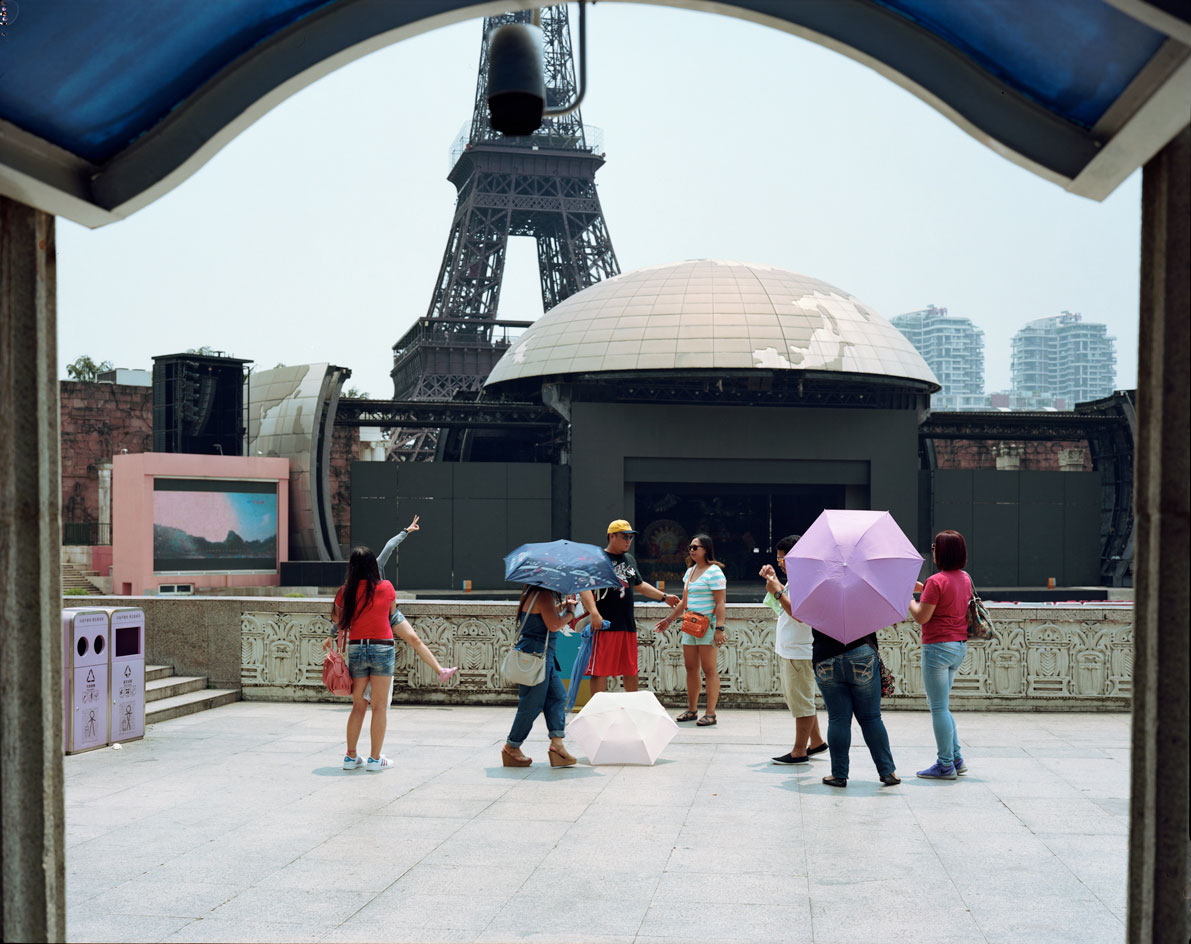
The Window of the World theme park features around 130 reproductions of famous attractions, including the Eiffel Tower and the Taj Mahal
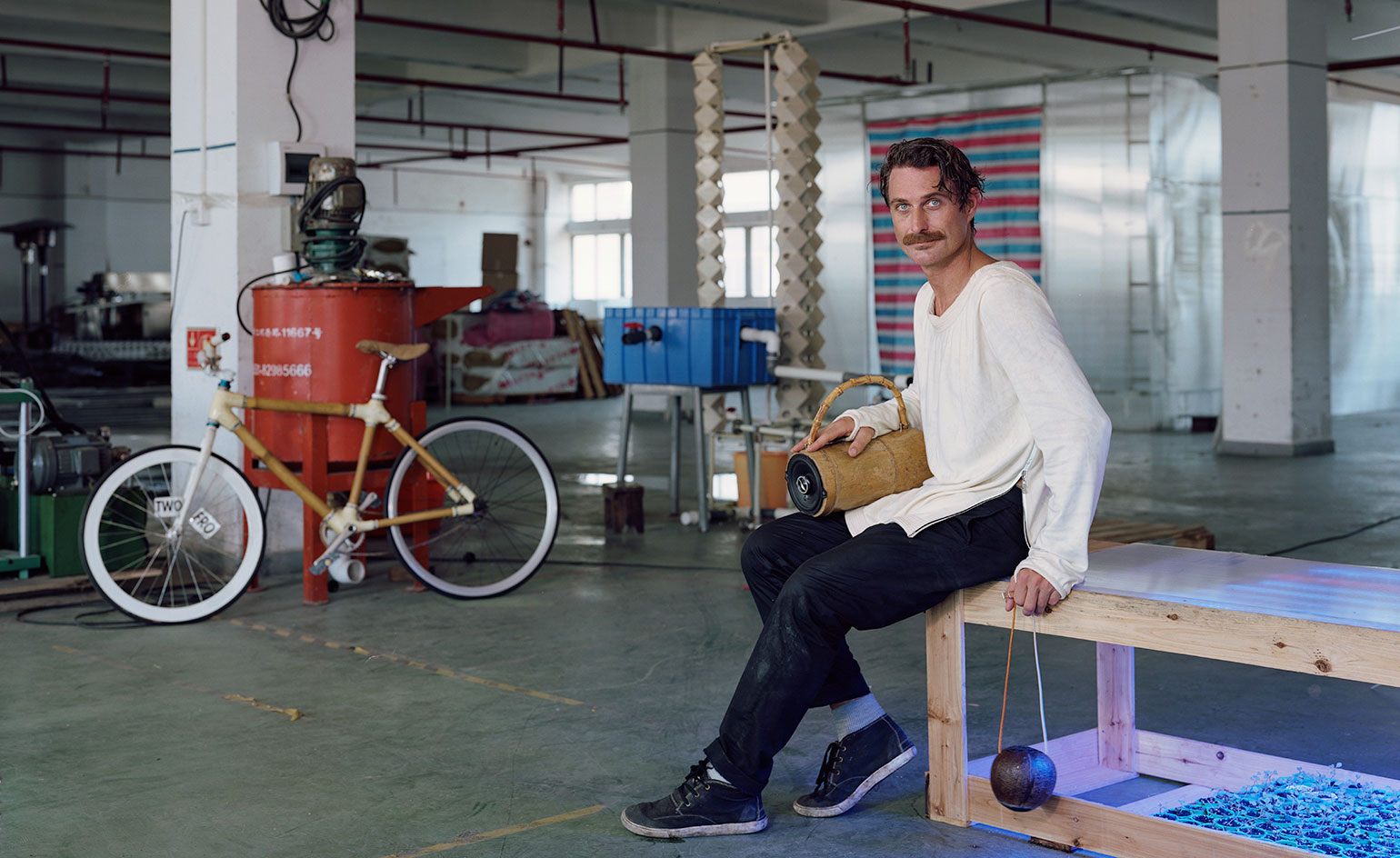
Karta Healy is the founder of the Bicycle Library and eco-conscious bike brand TWOnFRO. He moved to Shenzhen in 2004, inspired by the Chinese work ethic

Alain Fouraux (pictured with his family) is a long-time China veteran, having worked here for 17 years. While at Rem Koolhaas’ OMA outpost, he helped design two of the most iconic buildings in China, the CCTV building in Beijing and the Shenzhen Stock Exchange. He says, ‘Shenzhen is for design and manufacturing what the sampler and sequencer were for music in the 1990s, which let you record a studio album in your parents’ attic. In Shenzhen, it is common to develop a product and launch a start-up from a tiny apartment, and I don’t know any other place where it is so easy to get things done. You can solve problems in days that would take weeks or months in Europe or the US, making development time and cost a fraction of what it would be elsewhere. It is the fusion of pragmatism, willingness to experiment and enormous stamina to work that makes Shenzhen such an appealing place to be.’ Now director of OMA Rotterdam, Fouraux has returned to SZ on a sabbatical project to cover large-scale urban structures with flexible LED-skin screens
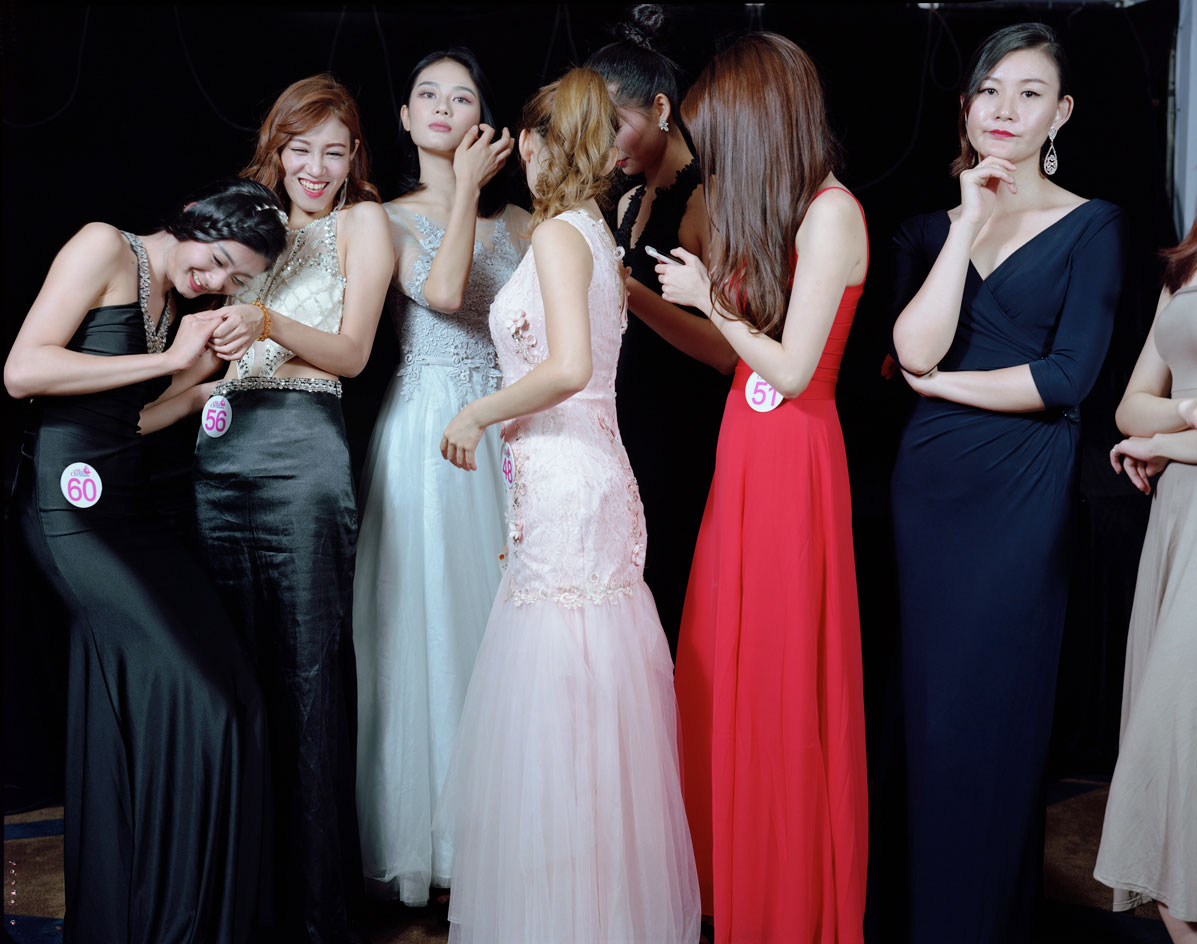
These contestants are vying to win a pageant – Miss Tourism City Champion China – that aims to celebrate individual beauty and promote national tourism
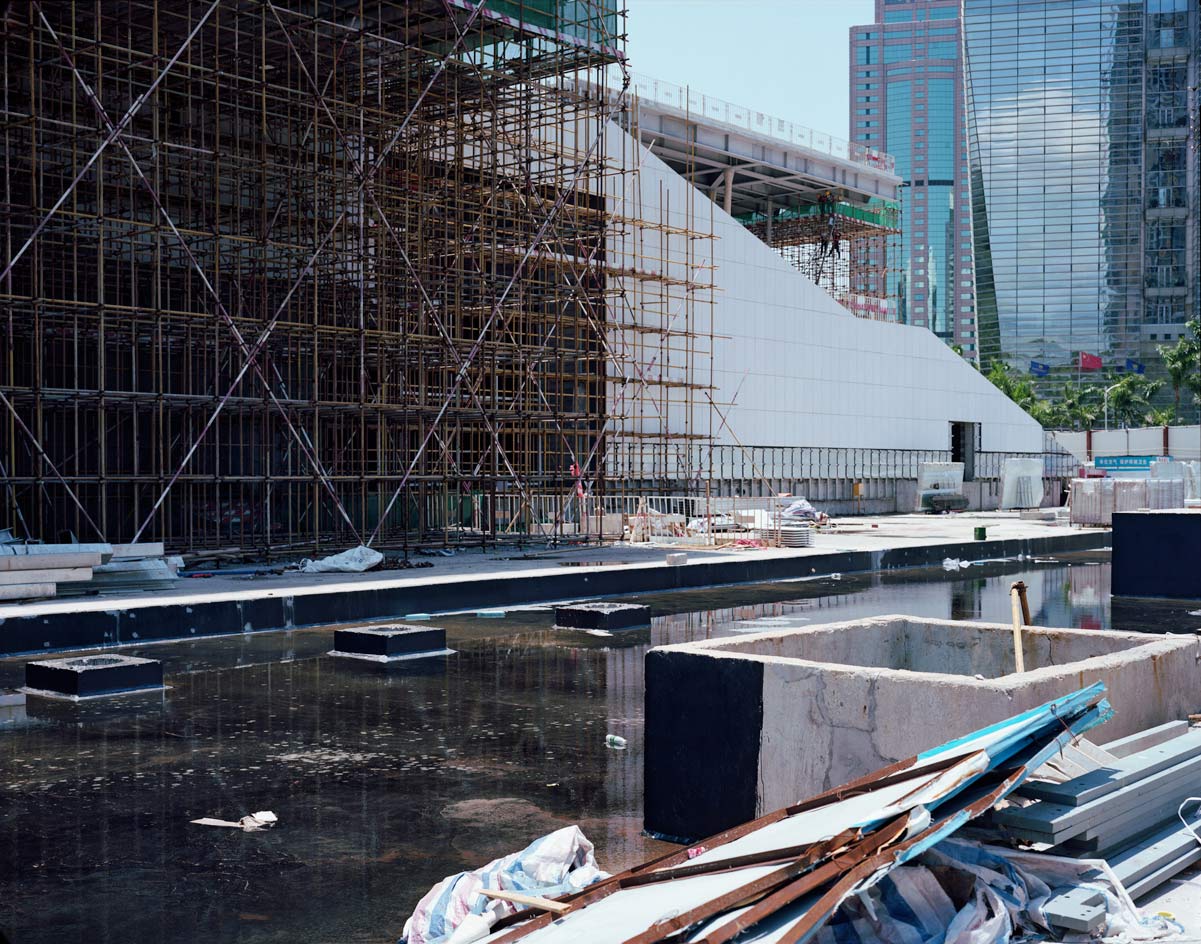
Designed by Pritzker Prize-winning Japanese architect Fumihiko Maki and due for completion in 2017, the Shekou Design Museum will form part of the Sea World Cultural Arts Centre and is being developed in collaboration with the V&A

Pictured left: Luisa Mengoni and Ole Bouman. When the Shekou Design Museum opens next year, Bouman will be its director, while Mengoni will head up the V&A Gallery at the museum. Right: Xiaodu Liu set up architecture practice Urbanus in Shenzhen in 1999. Since then, it has helped shape the identity of the modern SZ landscape with projects like the Zhongdian Complex, which set about solving the city’s chaotic pedestrian and vehicular circulation problems
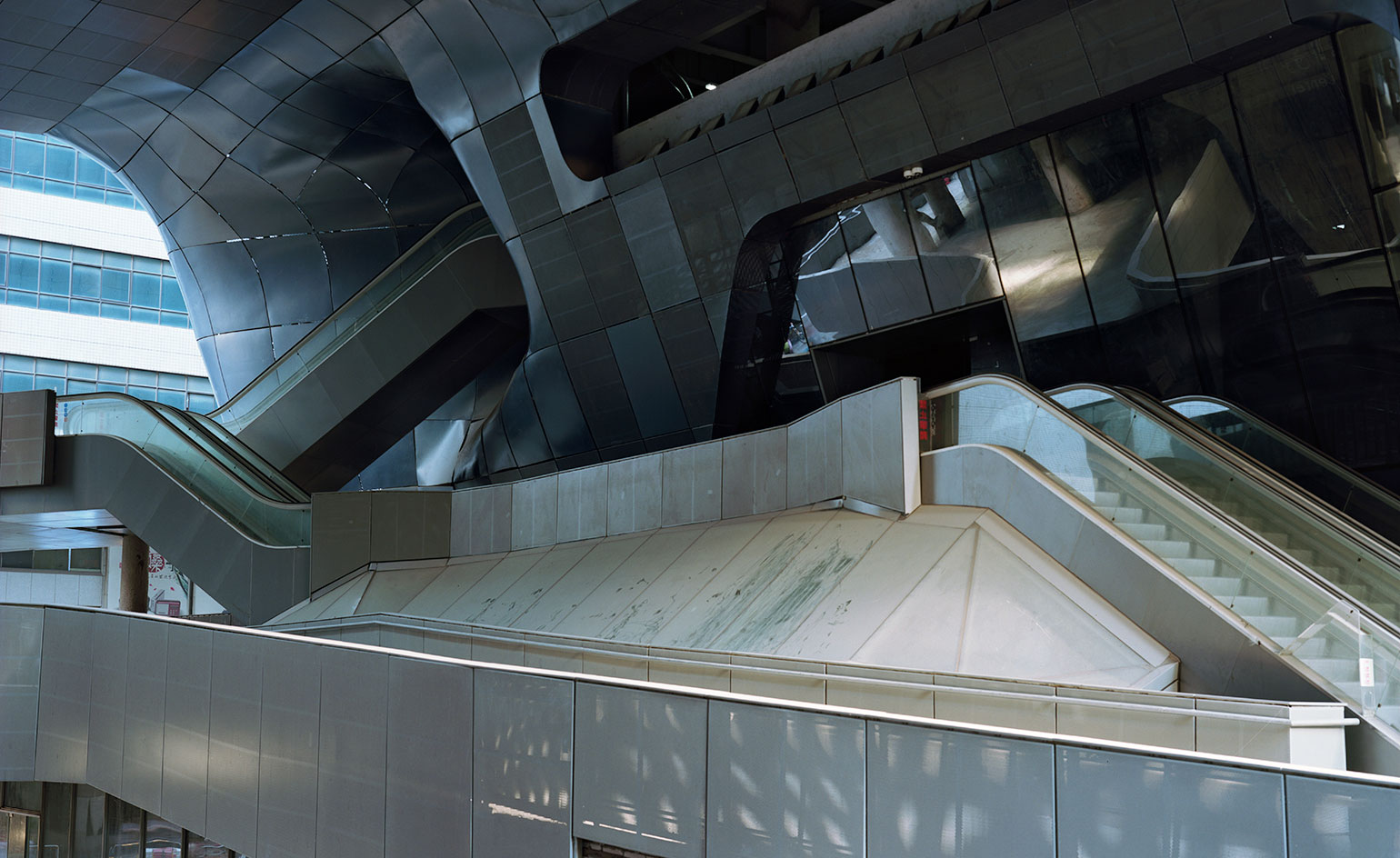
Lu’s Zhongdian Complex
INFORMATION
Photography: Dana Lixenberg
Receive our daily digest of inspiration, escapism and design stories from around the world direct to your inbox.
-
 Philippe Weisbecker, on drawing the essence of things and his architectural world
Philippe Weisbecker, on drawing the essence of things and his architectural world'Architectures', an exhibition of Philippe Weisbecker’s minimalist architectural drawings, opens at Galerie Yvon Lambert in Paris
-
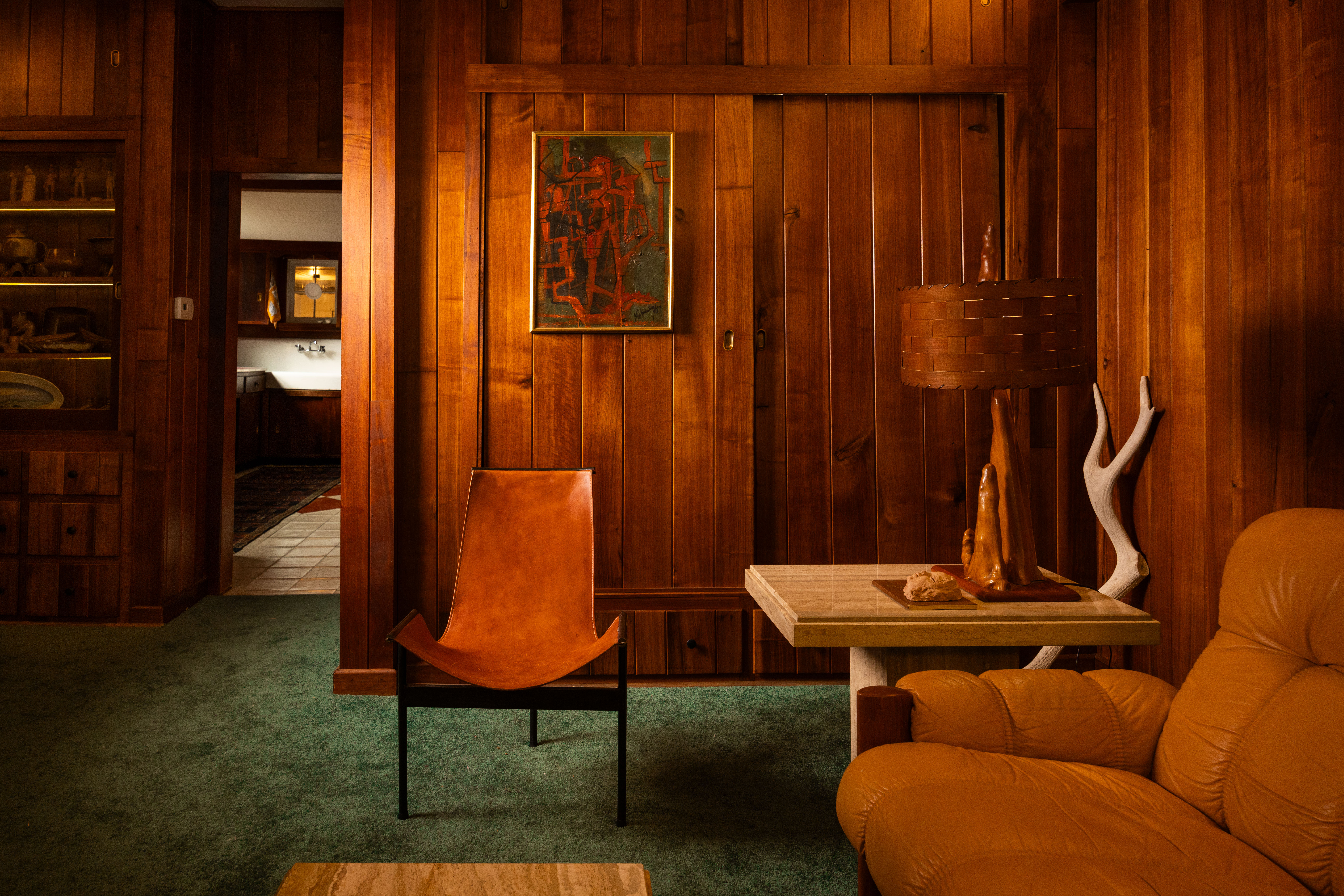 This ‘anti-trend’ Wisconsin lake cabin is full of thrifted treasures – and you book a stay
This ‘anti-trend’ Wisconsin lake cabin is full of thrifted treasures – and you book a stayThis historic cabin on Lake Wandawega, preserved and restored by the team behind Camp Wandawega, embraces a salvage-driven approach that celebrates genuine history over polished style
-
 Arthur Tress’ photographs taken in The Ramble are a key part of New York’s queer history
Arthur Tress’ photographs taken in The Ramble are a key part of New York’s queer historyThe images, which captured gay men, like Tress himself, cruising around the Central Park woodland in 1969, are the subject of a new book
-
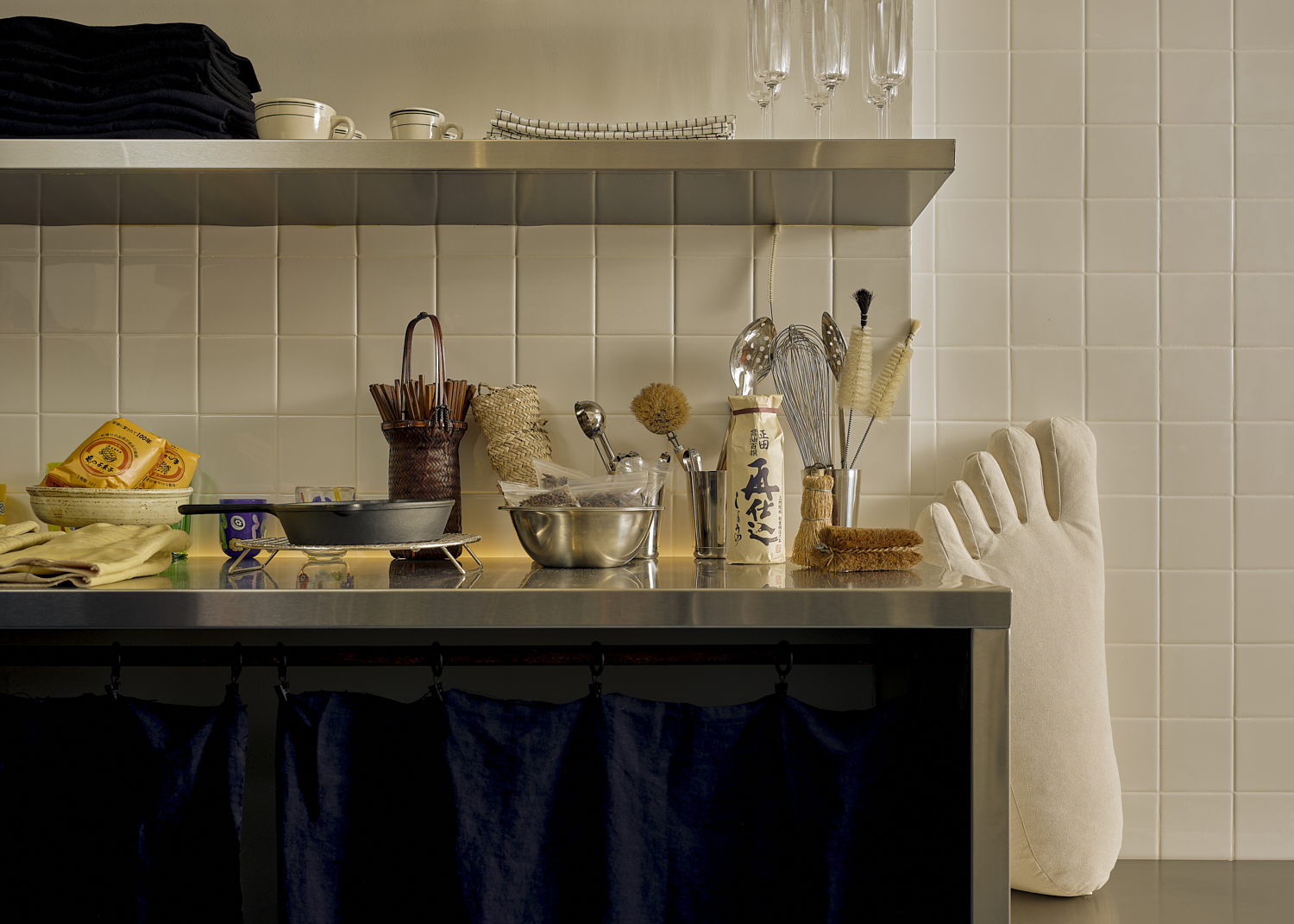 Homeware and design store Beverly’s puts down roots in New York’s Chinatown
Homeware and design store Beverly’s puts down roots in New York’s ChinatownBeverly’s was founded by Beverly Nguyen as a retail destination focused on community by supporting small business owners, creatives and craftspeople
-
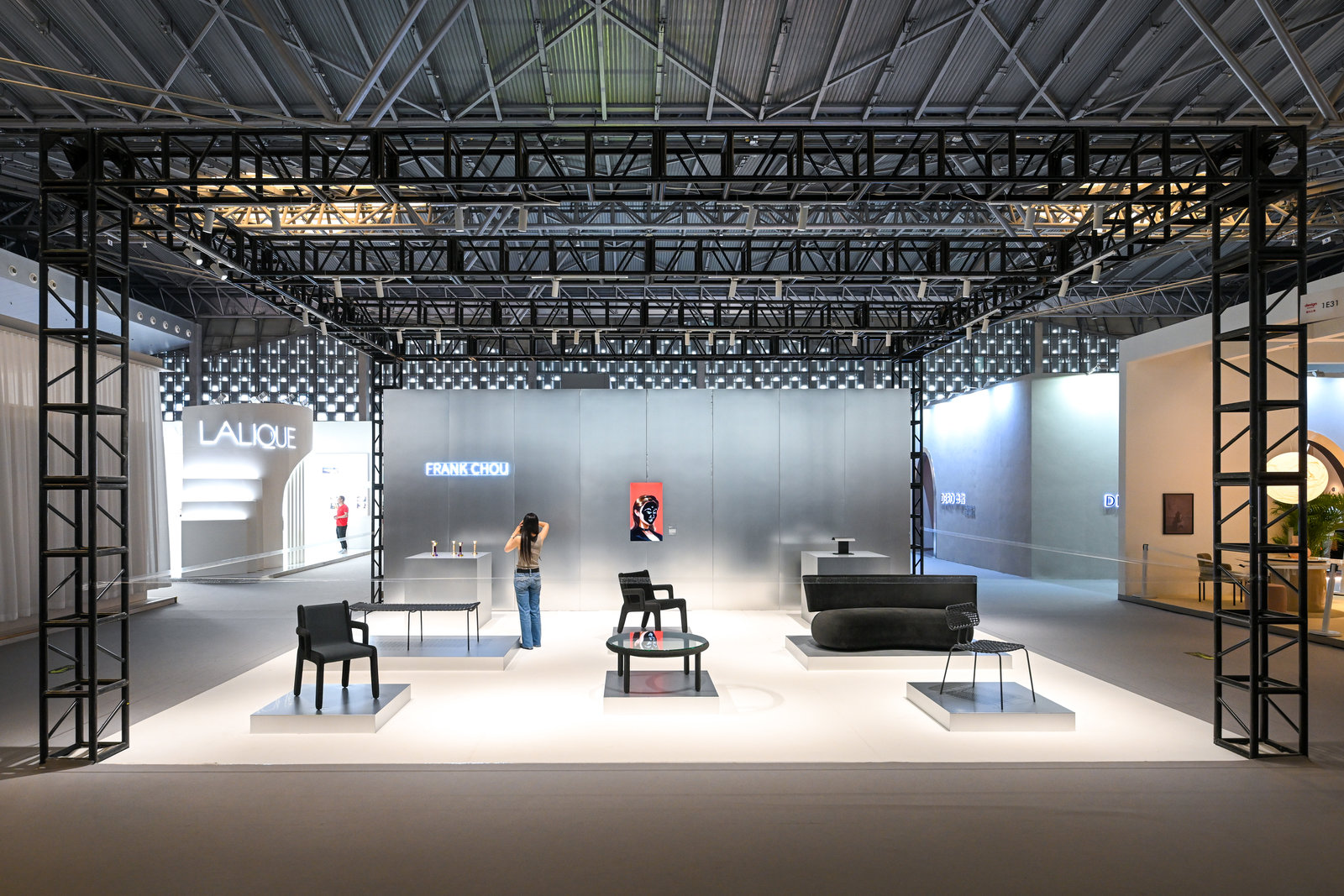 Highlights from Design Shanghai 2023: ‘Now is the golden age of Chinese design’
Highlights from Design Shanghai 2023: ‘Now is the golden age of Chinese design’Our Design Shanghai 2023 highlights, from leading Chinese designers and brands to emerging creatives
-
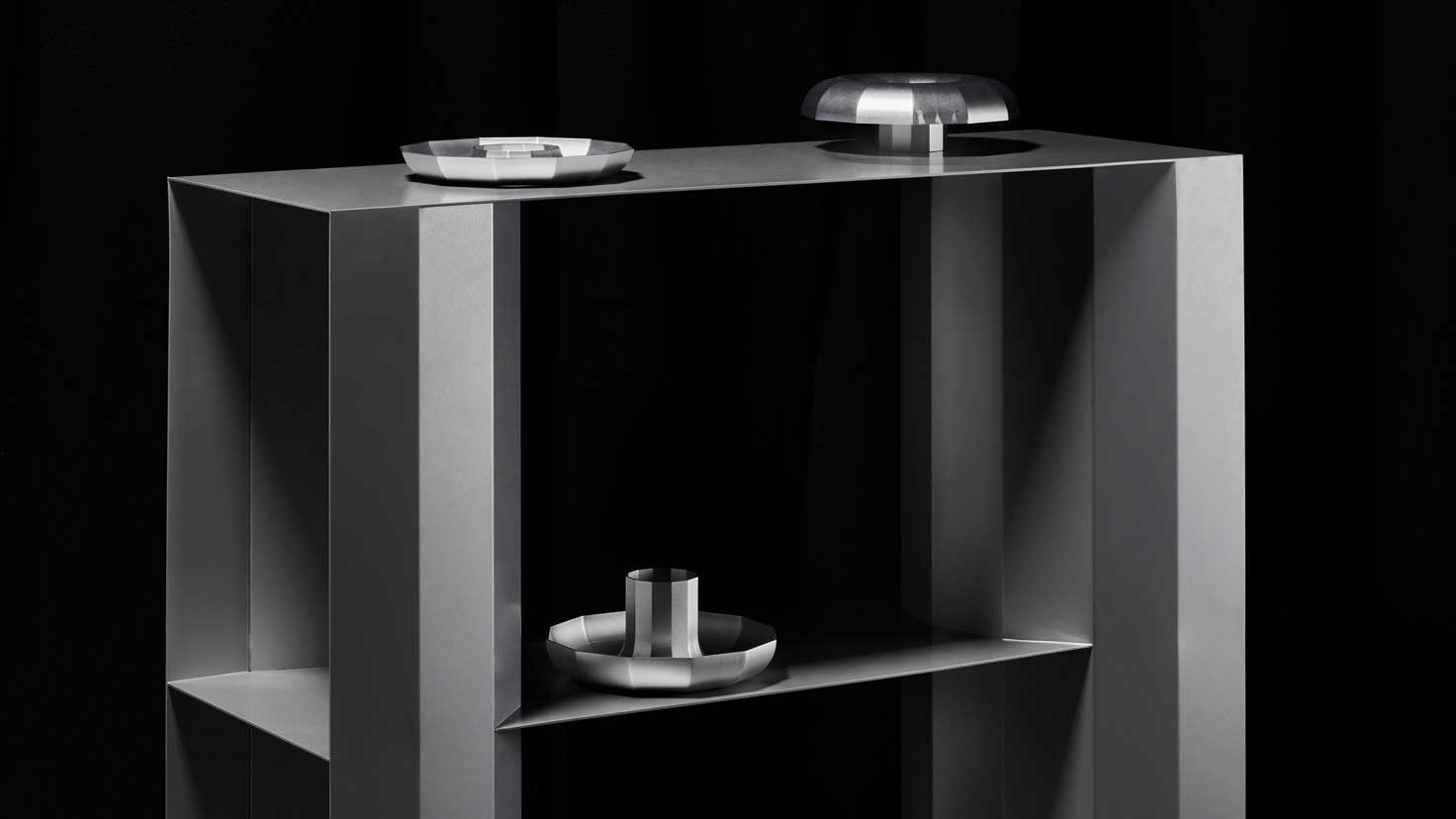 Shanghai’s MMR Studio is inspired by industrial processes and materials
Shanghai’s MMR Studio is inspired by industrial processes and materialsChinese designer Zhang Zhongyu of MMR Studio is inspired by industrial processes to create furniture and objects
-
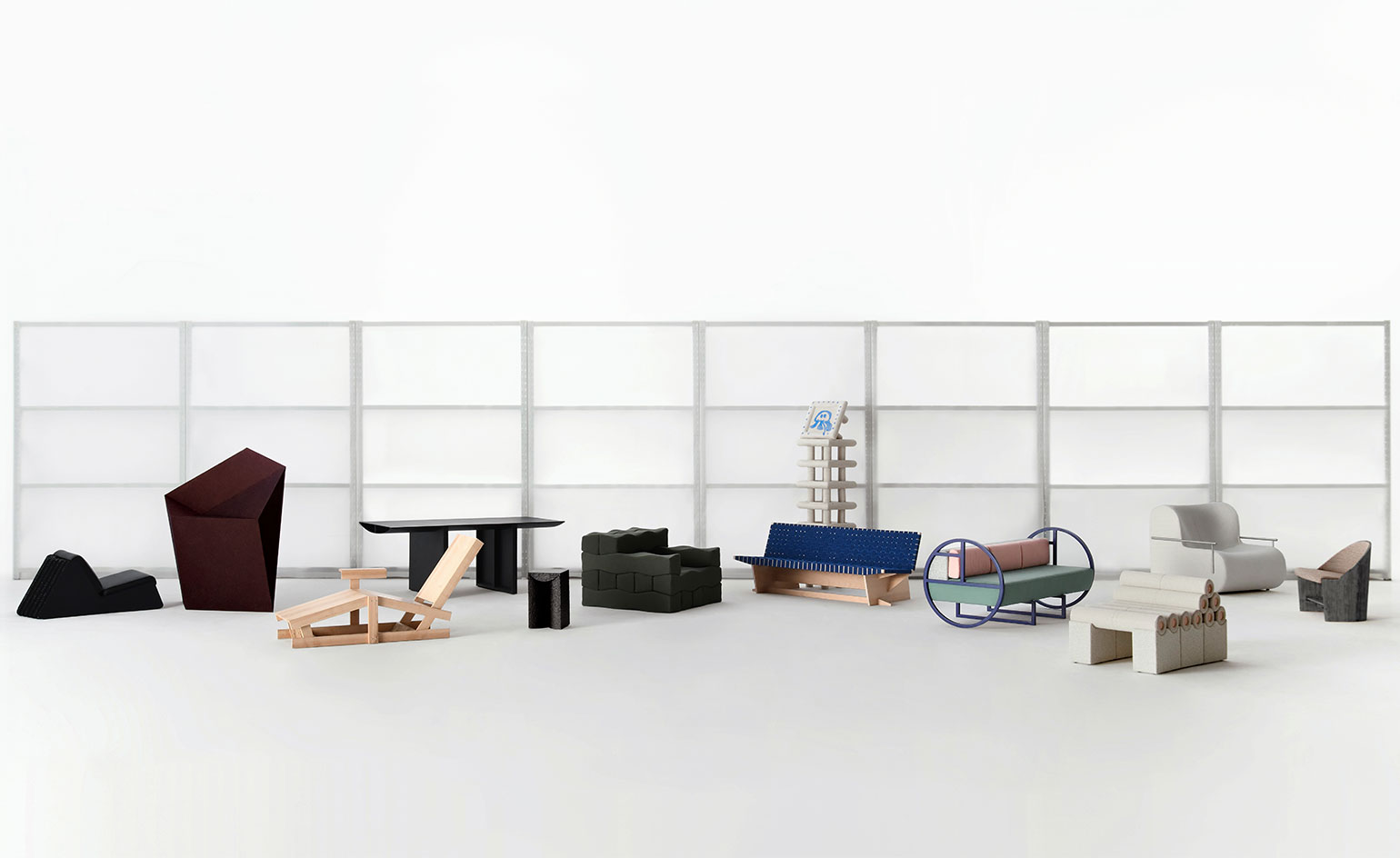 China’s Designew platform explores the design of errors
China’s Designew platform explores the design of errorsThis collection of furniture and objects is the result of a new collaborative project led by designer Mario Tsai, exploring how mistakes can positively impact the creative process
-
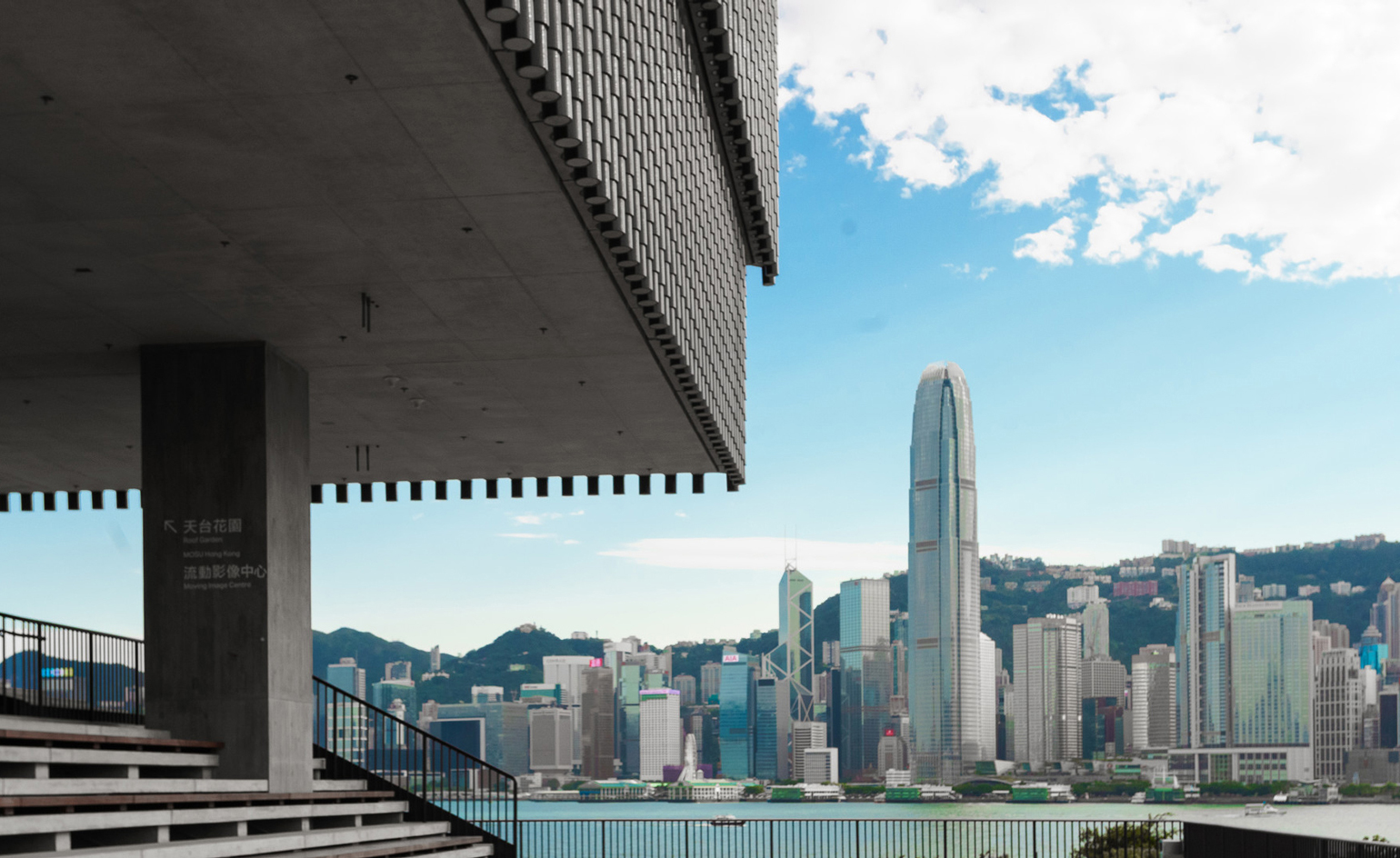 Hong Kong art scene expands its reach
Hong Kong art scene expands its reachBeyond fairs, museums and galleries, Hong Kong’s burgeoning art scene is influencing its bars, restaurants and hotels
-
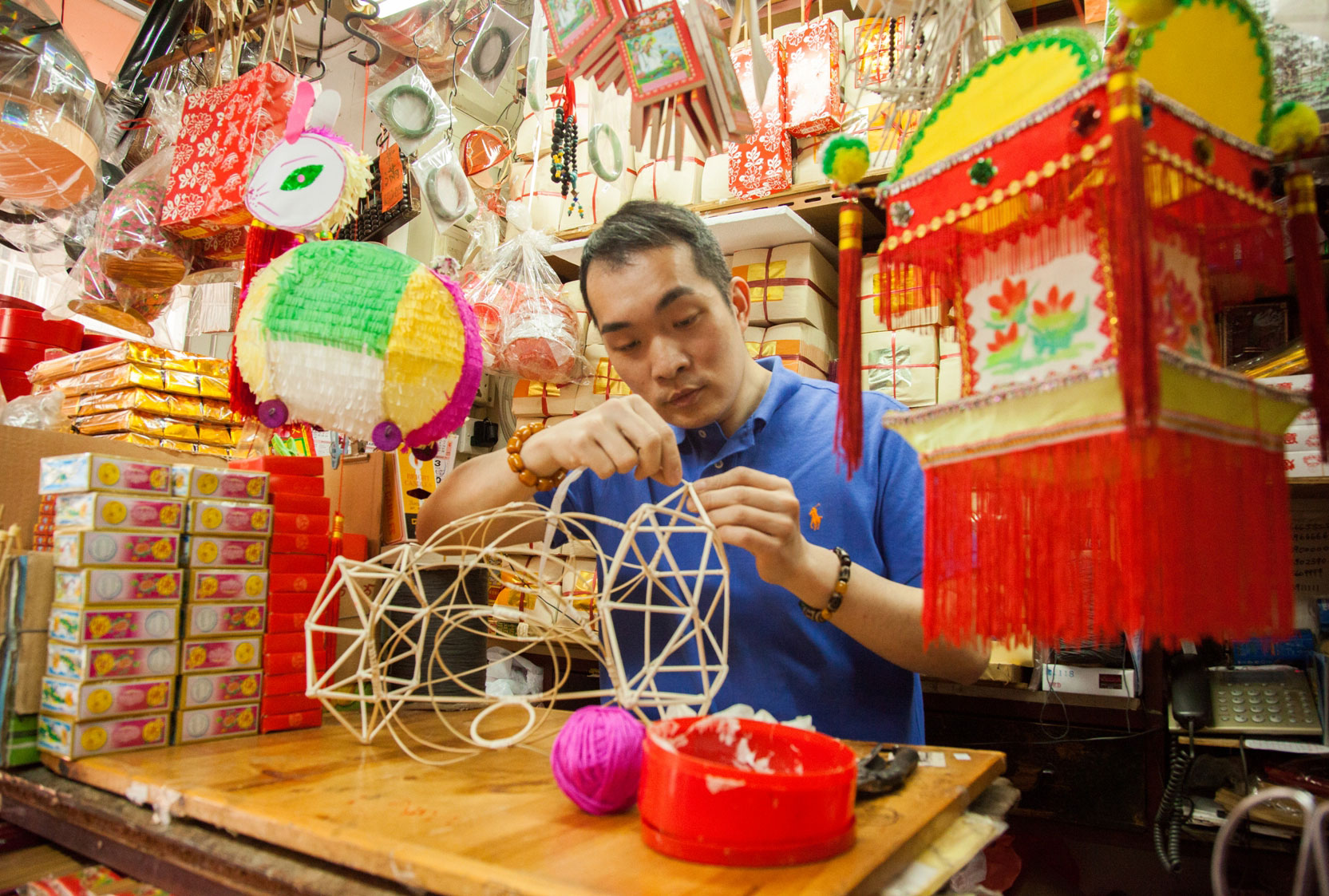 Four Hong Kong crafts embracing the future
Four Hong Kong crafts embracing the futureHong Kong has a rich craft tradition. Meet four artisans preserving historic crafts and updating them for the 21st century in unexpected ways
-
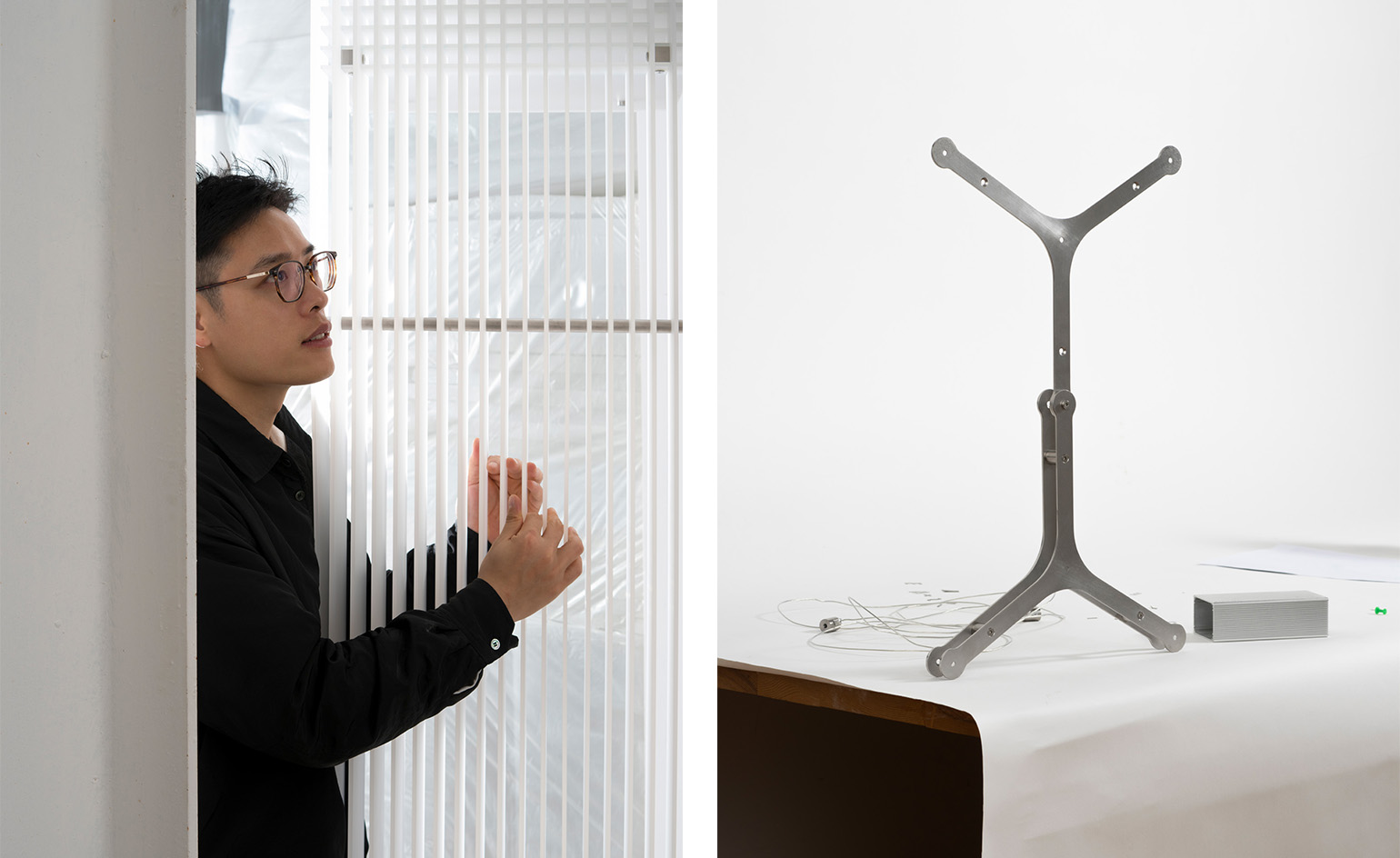 The pared-back designs of Mario Tsai
The pared-back designs of Mario TsaiMario Tsai – named by Nendo’s Oki Sato as a creative leader of the future for Wallpaper’s 25th Anniversary Issue ‘5x5’ project – talks about his experience working as a designer and entrepreneur in China, at the cusp of innovation and tradition
-
 World View: Letter from Hong Kong
World View: Letter from Hong KongThe World View series shines light on the creativity and resilience of designers around the world as they confront the challenges wrought by the Covid-19 pandemic. Working with contributors around the world, we reach out to creative talents to ponder the power of design in difficult times and share messages of hope. In Hong Kong, design leaders Michael Young, Joyce Wang, André Fu, Marisa Yiu and Adrian Cheng are turning to new approaches and philosophies for the times ahead, writes our commissioning editor TF Chan.